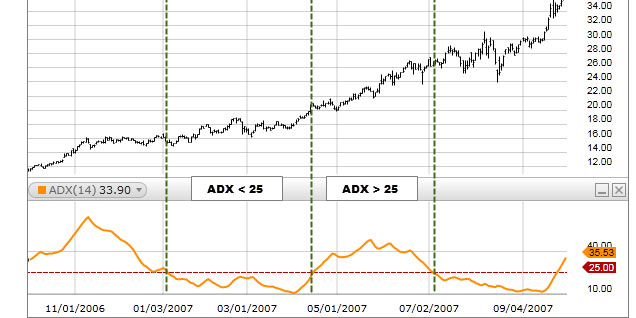
The convenience brought by decentralized distributed ledger technology represented by blockchain and its wide application in decentralized payment and the Internet of Things has attracted the attention of the world. Software developers, startups, and venture investors have unanimously promoted that decentralized encryption technology can maximize efficiency, reduce costs, and improve accessibility. Scholars predict that through the development of smart contracts, decentralized autonomous organizations, decentralized property rights registration, decentralized and secure data storage, blockchain and similar technologies will change the way people handle affairs and conduct transactions. Although the government, individual regulators, and policymakers are equally attracted, they are less optimistic about whether the positive contribution of this technology can exceed the negative impact of malicious use by criminals.
To guard against repeating history and the occurrence of major recent events, regulators have adopted an increasingly stringent attitude to enforcing existing regulations against this distinctive emerging technology. The resulting entry barriers and the legally stigmatized public opinion atmosphere of the technology are stifling the emerging decentralized technology industry and hindering further innovation. In response, the decentralized virtual currency industry and other companies that intend to explore the potential commercial uses of decentralized technology have called for self-regulation. Various regulatory models have been proposed in current documents, all of which suggest that those models focus on the most potentially harmful technical features in order to deter criminals.
Historical experience shows that self-regulatory measures are not enough to solve market failures and will eventually cause illegal and fraudulent behaviors with decentralized technology. At the same time, even though the existing proposed regulatory measures try to alleviate the current inefficiency, they impose new regulatory barriers to entry.



